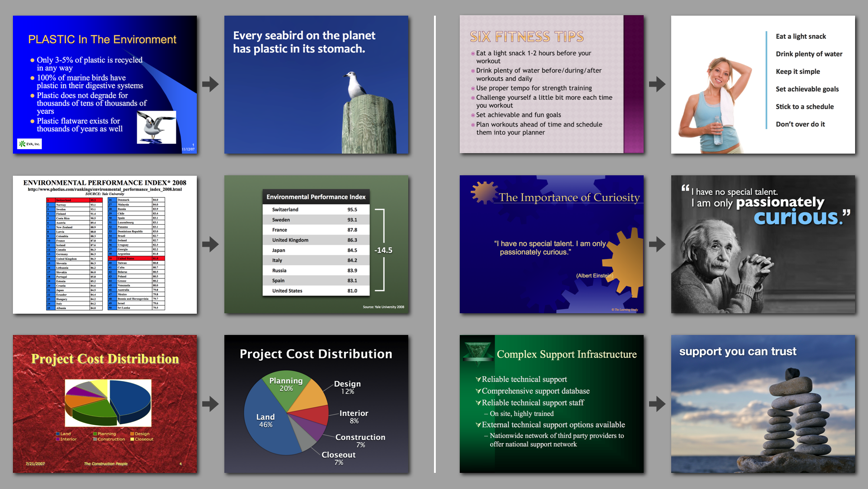“Easy reading is damn hard writing.” Nathaniel Hawthorne
I frequently find myself sitting at my laptop with a ton of posts to write, yet, I can put nothing down on paper. It is one of the most frustrating feelings one can experience. Many a time you begin to wonder whether all the effort you put into writing your blog is worth it and whether anyone would notice if you stopped writing from tomorrow. Other times even though you are motivated to write, the words just do not seem to come to you. I have sat at my desk umpteen times with a topic and all the information I need for the post and have been unable to put it together. I twittered about this a while back and the response I got from the community was quite amazing. It seems writers block is something that each and everyone of us bloggers has to deal with on a regular basis. It was interesting to learn about the different ways writers deal with it. There are a few things I do whenever I experience one of these blocks:
1. Go out for a short walk: There is something about moving and a change of scenery that gets me thinking, it also gets the creative juices working. Most of the time there are just so many things happening concurrently at your desk or office that it blocks all ability to focus on the task at hand.
2. Brain Dumping: When I get back from my short walk I take a blank sheet of paper and just begin to offload every thought that comes into my head. It is a way of clearing up all the thoughts in my head. This exercise is also greatly theraputic for those times when I am stressed or frustrated with something.
3. Mind Mapping: After clearing my head I begin to focus on the task at hand again and use mind mapping as a way to get my thoughts organized. I recommend most of Tony Buzan’s books on mind mapping.
Writing on a regular basis is a challenging feat. One which is bound to frustrate and irritate you at times, it is also one of the most satisfying and rewarding things to be able to integrate into one’s life.
Related Posts:
